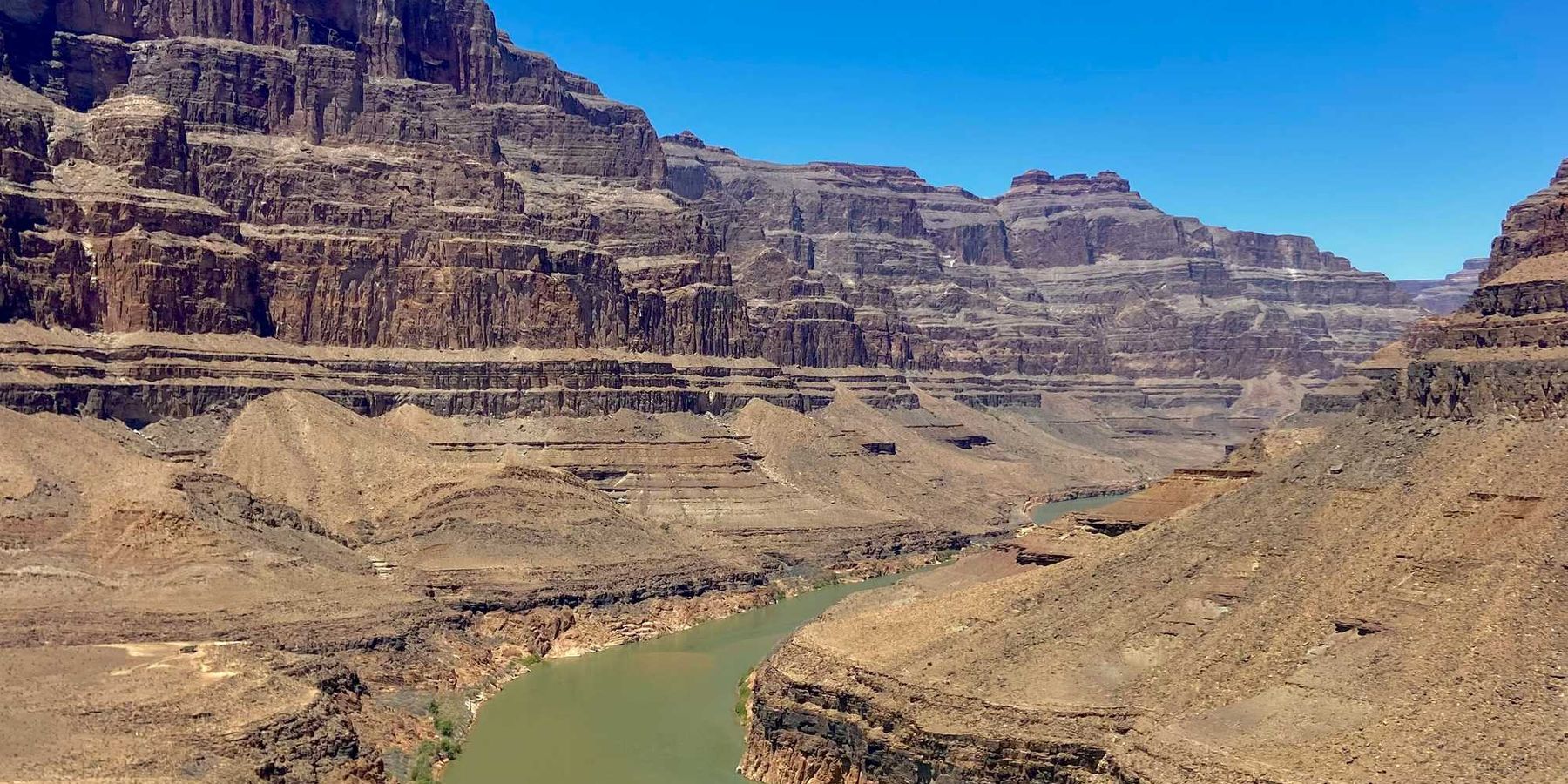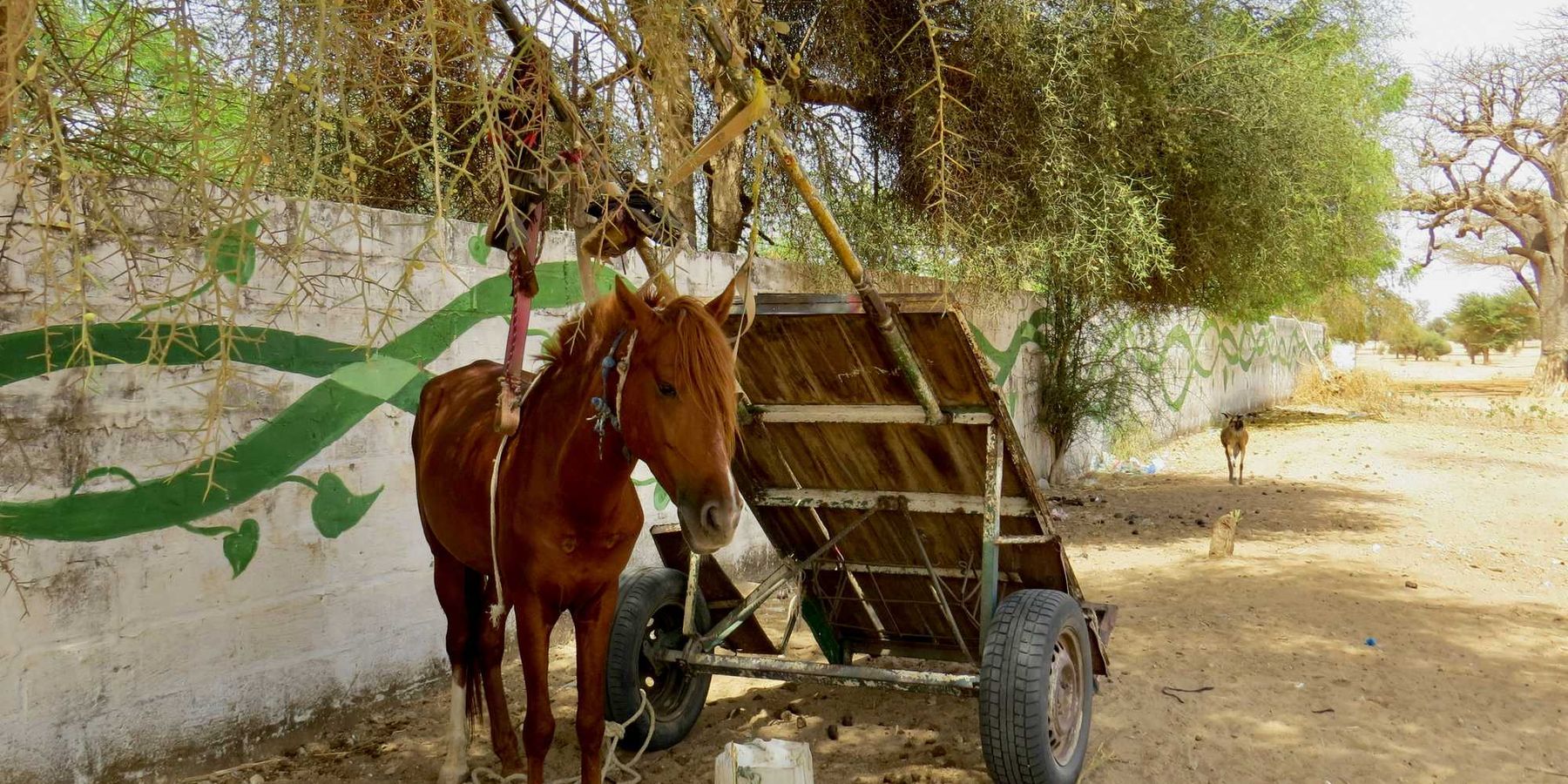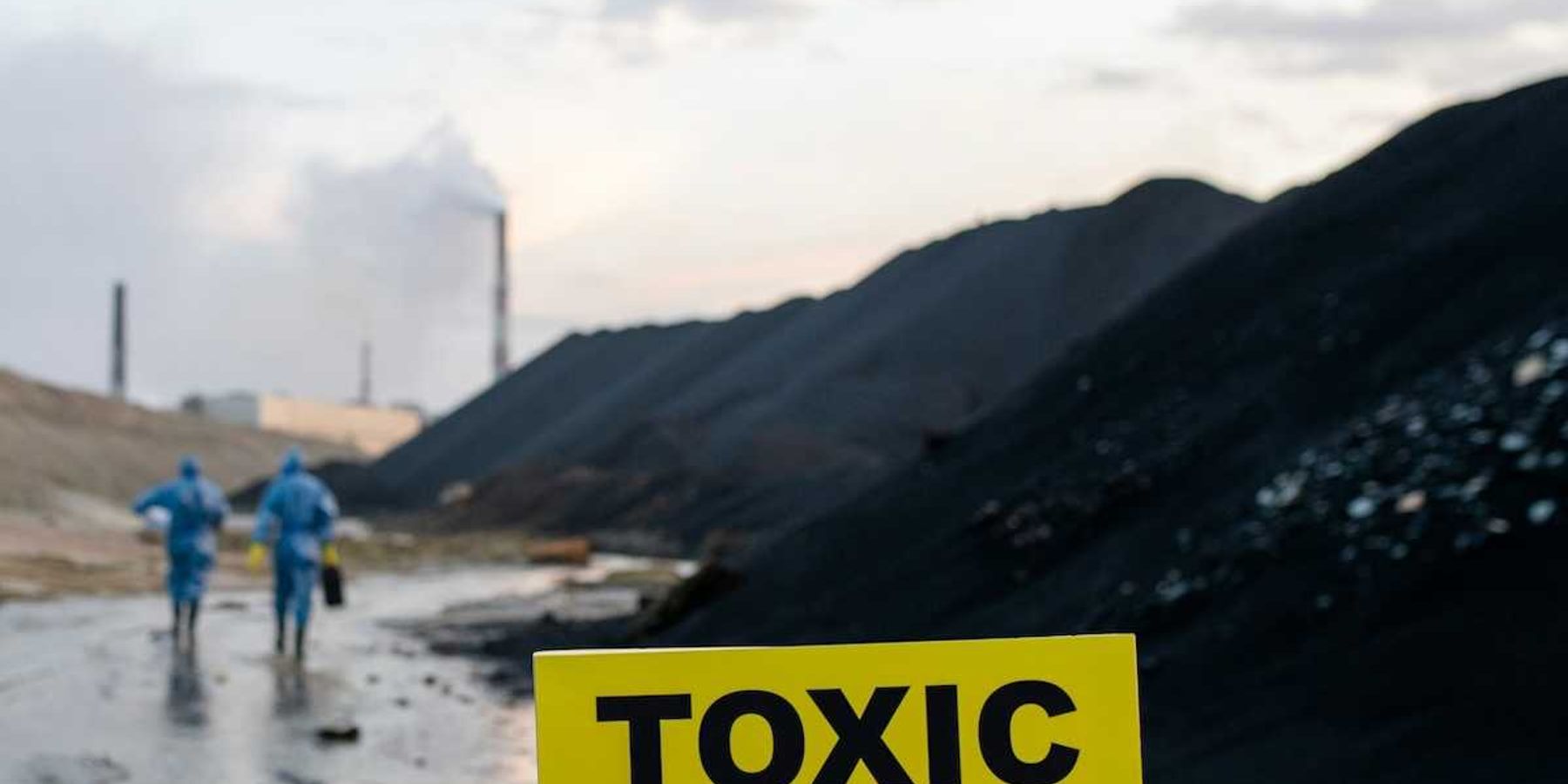Wildfire and other disaster response strained as Trump administration cuts Forest Service jobs
The Trump administration has eliminated at least 2,000 U.S. Forest Service jobs, including disaster recovery and fire management positions, weakening efforts to combat wildfires and repair storm damage nationwide.
Peter Slevin reports for The New Yorker.
In short:
- The layoffs include specialists working on hurricane recovery in North Carolina, where recent storms caused widespread damage to forests, roads, and bridges.
- Many of the terminated employees were firefighters or responders who assist during natural disasters, despite government claims that "operational firefighters" were not affected.
- The cuts have sparked concern among former staff and local communities, who fear worsening wildfires and infrastructure failures due to reduced personnel.
Key quote:
“I feel like my community has been gutted. The trail crew, wilderness crew, timber crew, fisheries crew. We truly care for this resource we’ve been protecting.”
— Hayley Pines, former Forest Service employee
Why this matters:
The United States Forest Service is facing a staffing crisis at a time when climate-driven disasters are intensifying. Wildfires are burning hotter and spreading faster, fueled by prolonged drought and rising temperatures. Meanwhile, severe storms are becoming more destructive, overwhelming forests already weakened by pests, disease, and human encroachment.
Yet, even as these threats grow, the agency responsible for managing vast swaths of public land is losing workers. For rural communities, the consequences are stark. Federal crews play a critical role in clearing roads, stabilizing slopes to prevent post-fire mudslides, and maintaining infrastructure that helps protect against flooding. Without enough personnel, these efforts slow down, leaving towns more vulnerable to cascading environmental damage.
The staffing shortages also compound risks beyond fires. Trails and roads go unmaintained, increasing the likelihood of accidents. Invasive species spread unchecked. And as climate change accelerates, the ability of the Forest Service to act as a frontline defender of public lands — and by extension the communities around them — is increasingly strained.
Related: Forest Service chief steps down after mass layoffs shake agency













